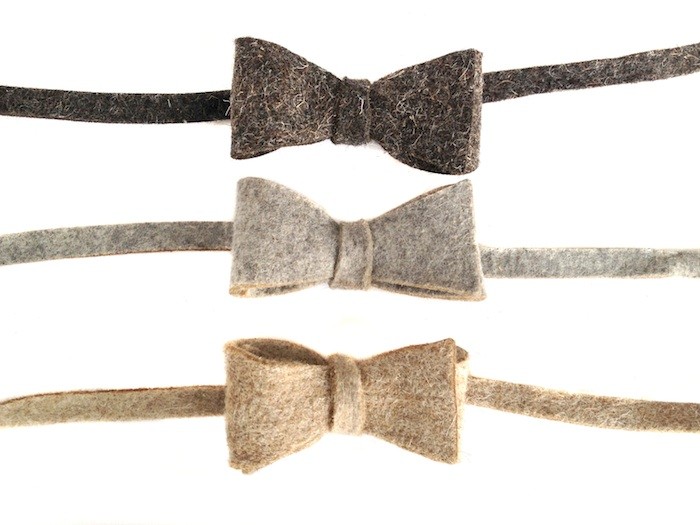When you think of a bow tie, many images pop into your mind. You associate bow ties with politicians, wedding guests, James Bond, and Donald Duck. They are made in different colors, decorated with distinct patterns, and are available in multiple sizes. Bow ties can be clip-on to provide an easy out for those who have not yet mastered the skill of knotting, or self-tied for you knotting professionals. You wear them regularly, but have you ever stopped to think about the history of the bow tie? More than just a fashionable substitute to the popular necktie, formal accessory for a tuxedo, or a regular staple in your favorite cartoon character’s closet, the art of tying a knot around your neck dates all the way back to the 1700’s. While the Croat mercenaries were preparing for their brutal attacks during the Prussian Wars, they found use for scarf ties as a way to hold up the openings of their shirts. This style was then adopted by the upper class in France and dubbed the name ‘Cravat’. Rather than simply tying a scarf around their necks, the French — being at the height of the fashion scene even in the 18th century — invented the bow tie that is seen today.

Bow ties weren’t always strictly for men. You can see actress Marlene Dietrich breaking female identity taboos by wearing a bow tie, suit and top hat in the film Morocco from the 1930’s. In the 1980’s, corporate women utilized a fuller version of the bow tie with suits and button-ups for a more established look. Formerly synonymous with nerds in movies, the bow tie has taken on a new meaning today. No longer should you feel like bow ties are only appropriate on the likes of Pee Wee Herman, or solely to wear to your best friends wedding. The modern bow tie is a fashion statement. It is worn with jeans and a button down, a simple blazer, or on casual Friday’s at the office. Today, we see innovative leather and felt bow ties from Bethany Shorb at Cyberoptix TieLab that defy the traditional bow tie on men and women. We see decorative, Nigerian-style dyed ties from Niyi Okuboyejo at Post-Imperial, and even feathered bow ties from Brackish. So for all you daring trend starters looking for a fashionable accessory with historical significance, the bow tie is a perfect fit. Keep the tradition alive.
Lead image credit: Flickr/Quinn Dombrowski

